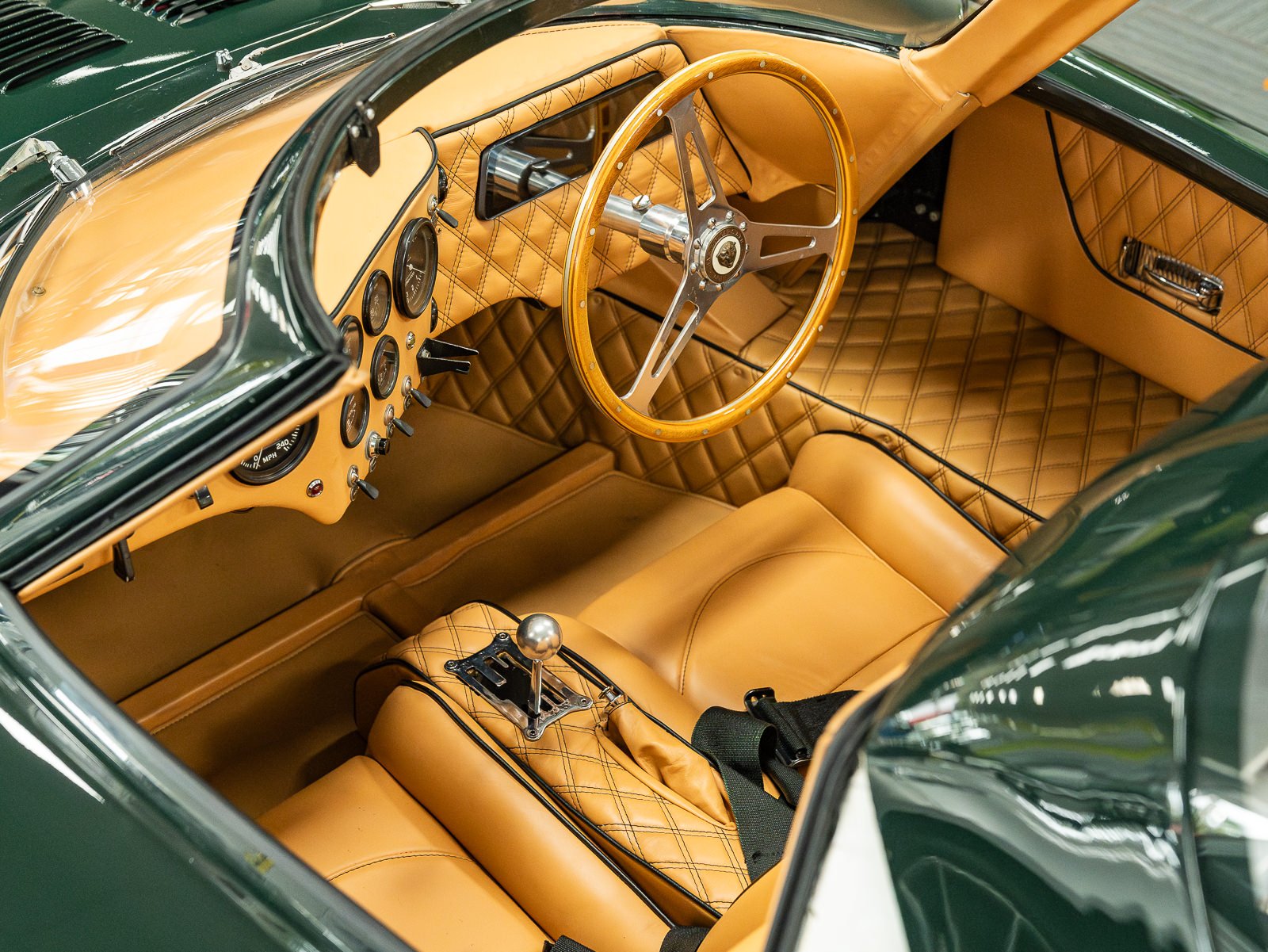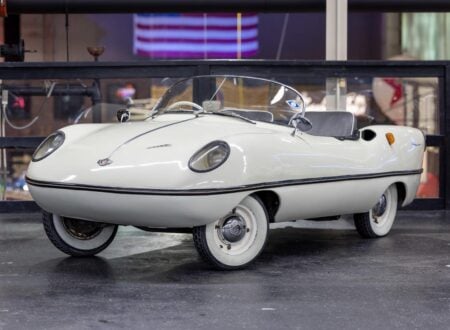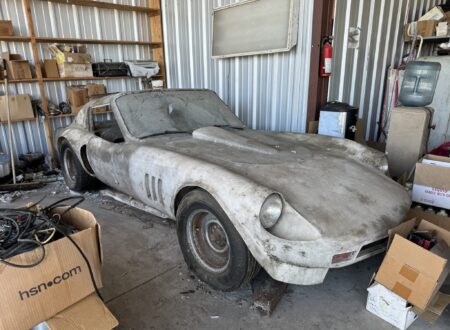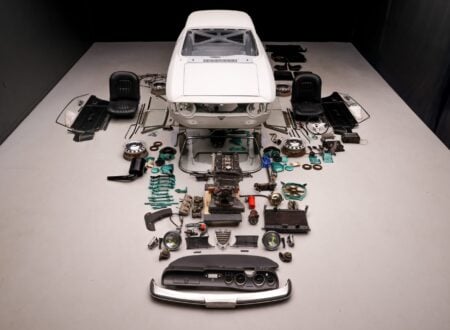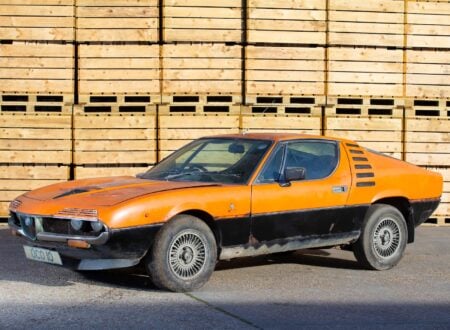This is a Jaguar XJ13 replica built by the team at Predator Performance in Largo, Florida. It belongs to actor and WWF wrestling superstar John Cena who is offering it for sale out of Naples, Florida.
Only a single example of the original Jaguar XJ13 was built before rule changes for Le Mans made the design obsolete. This means that anyone who wants an XJ13 will need to buy a replica of the mid-engined V12 design – a number of which have been made over the years.
Fast Facts – John Cena’s Jaguar XJ13 Replica
- This Jaguar XJ13 replica, built by Predator Performance, is owned by actor and WWE superstar John Cena. It’s currently for sale in Naples, Florida, and replicates the original 1960s Jaguar prototype race car, which was never raced due to rule changes for Le Mans.
- The original Jaguar XJ13 was a mid-engined prototype developed in the 1960s with a 5.0 liter V12 engine producing 502 bhp. Although it had cutting-edge features for the time, including an aluminum monocoque chassis, it never competed in Le Mans due to rule changes and the rise of dominant competitors like the Ford GT40.
- This XJ13 replica features a tubular steel spaceframe chassis and fiberglass body. It is powered by a mid-mounted 6.0 liter Jaguar V12 engine, paired with a ZF 5-speed manual transaxle. It was also converted from left-hand drive to right-hand drive in 2020 and has only 220 miles on the odometer.
- The car’s interior is finished in Buttercream leather with Caramel carpeting and a wood-rimmed steering wheel. It is now offered for sale with no reserve on Bring a Trailer, with a clean Florida title.
What Is The Jaguar XJ13?
The Jaguar XJ13 is a mid-engined prototype race car developed internally at Jaguar, with work starting in 1964. The car featured a state-of-the-art aluminum monocoque chassis, a hand-shaped aluminum body designed by Frank Costin, and a mid-mounted 5.0 liter Jaguar V12 driving the rear wheels.


The XJ13 has independent front and rear suspension that is somewhat related to the suspension from the E-Type Jaguar. It has double wishbones up front with coil springs and dampers, with the driveshafts acting as upper transverse links in the rear.
As you might expect, the car was fitted with front and rear disc brakes. The V12 features double overhead cams per bank, it acts as a stressed chassis member, and it sends power back through a 5-speed manual ZF transaxle to the rear wheels. The engine is said to be good for 502 bhp at 7,600 rpm and the XJ13 has a curb weight of just 998 kgs (2,200 lbs).
The development of the XJ13 was never a major priority for company management, it was essentially a skunk works-type project worked on by the team in the Browns Lane experimental department’s “Competition Shop” headed up by legendary Jaguar Engineering Director William Heynes.
If the car had been sent to race at the 24 Hours of Le Mans in 1964 or 1965 it could very well have been successful, but by 1968 the rules had changed, allowing a maximum engine displacement of 3.0 liters, which killed any real chance of the XJ13 competing.
Other contributing factors to the demise of the XJ13 project included the introduction of the UK-designed Ford GT40 which would become a dominant Le Mans racer, and the development of cars like the Porsche 917 and the Ferrari P-series which moved the competition further ahead once again.
As a result of all this, the Jaguar XJ13 has always been viewed as one of those intriguing automotive “what ifs.” The only prototype would be crashed and all but destroyed after a mishap with legendary Jaguar test driver Norman Dewis during a day of filming.
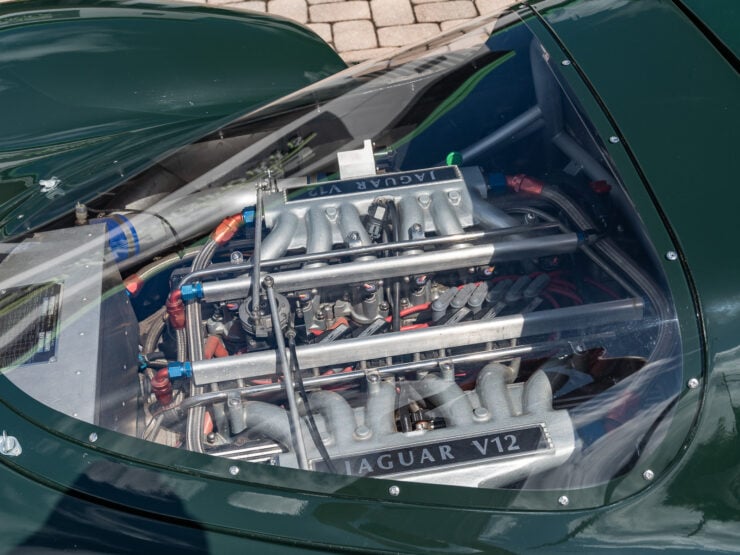

The wrecked car would be stored by Jaguar until it was seen by Edward Loades of Abbey Panels by chance, who proposed that his company would rebuild the car for Jaguar. A deal was struck and the restoration was completed.
The car is now on permanent display at the British Motor Museum in Gaydon northwest of London in the United Kingdom.
John Cena’s XJ13 Replica Shown Here
The car you see here is one of a small number of visually-accurate replicas of the Jaguar XJ13 that have been made. It’s worth noting that the wheels and tires are not accurate, however these are often chosen to suit the taste of the individual owner.
The car was built by Predator Performance, unlike the original which used an aluminum monocoque chassis and aluminum body, this one used a tubular steel spaceframe chassis and a fiberglass body, though the frame does reportedly have aluminum panels affixed.
The bodywork is finished in green over a double-diamond stitched Buttercream leather interior with color-coordinated caramel carpeting and contrasting black lap belts. It has a classic gated shifter, a wood-rimmed steering wheel, traditional gauges, a digital information screen, and it was converted from left-hand drive to right-hand drive in 2020.
Power is provided by a mid-mounted 6.0 liter Jaguar HE V12 with a custom engine management system, electronic fuel injection, and Electromotive direct-fire ignition coils. The engine is mated to a ZF 5-speed manual transaxle and it rides on four-wheel independent suspension with adjustable coilovers on all four corners.
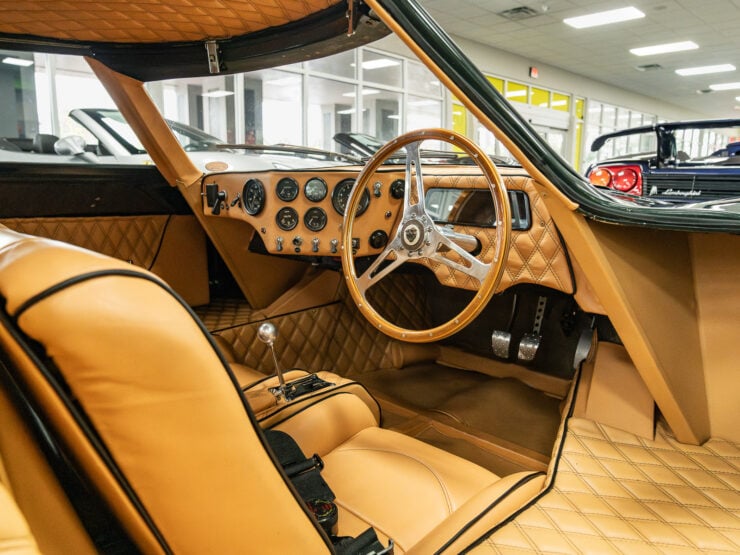

The car is now being offered for sale out of Naples, Florida by Naples Motorsports. The car has just 220 miles showing on the odometer and it’s being sold on Bring a Trailer with no reserve and a clean Florida title on behalf of John Cena.
If you’d like to read more about it or place a bid you can visit the listing here.
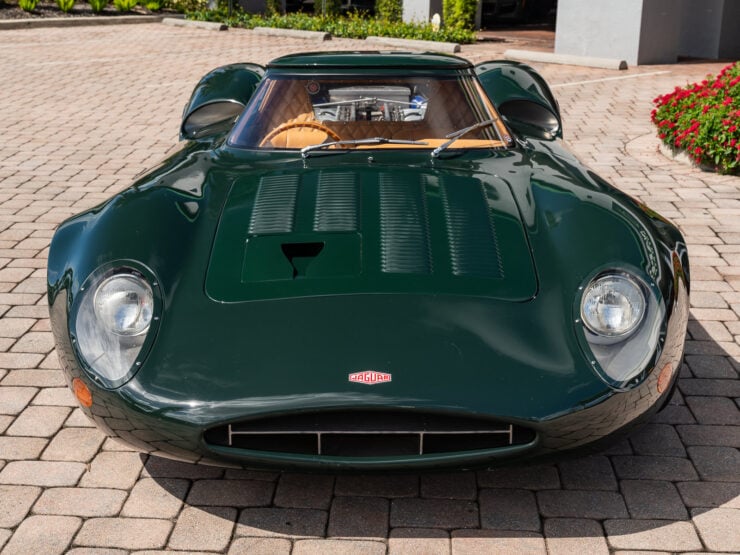
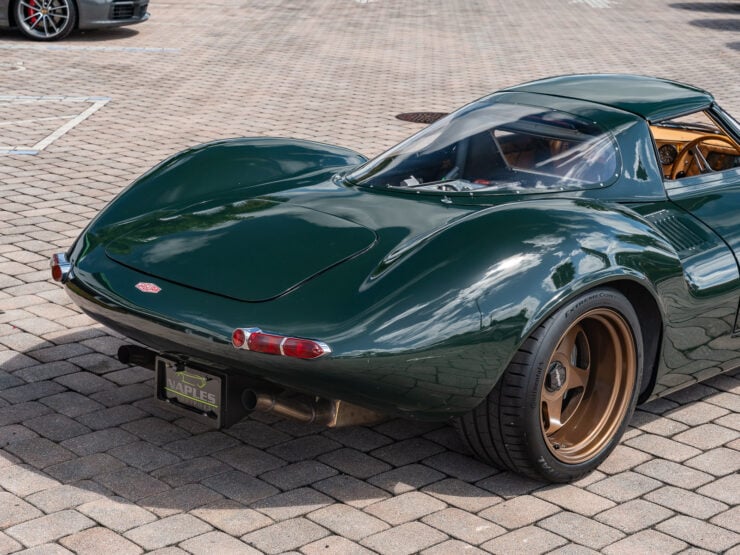
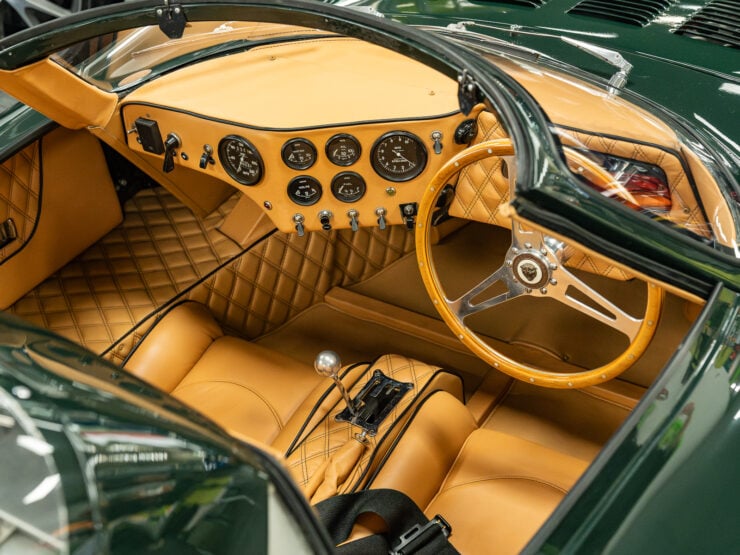
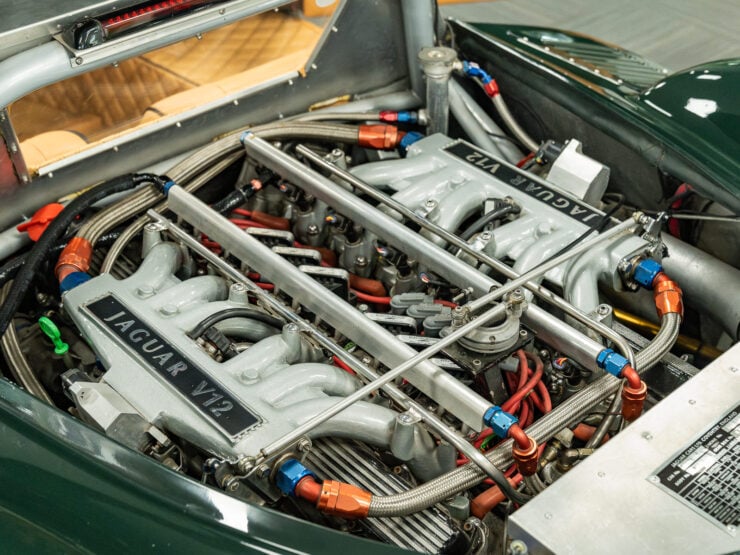

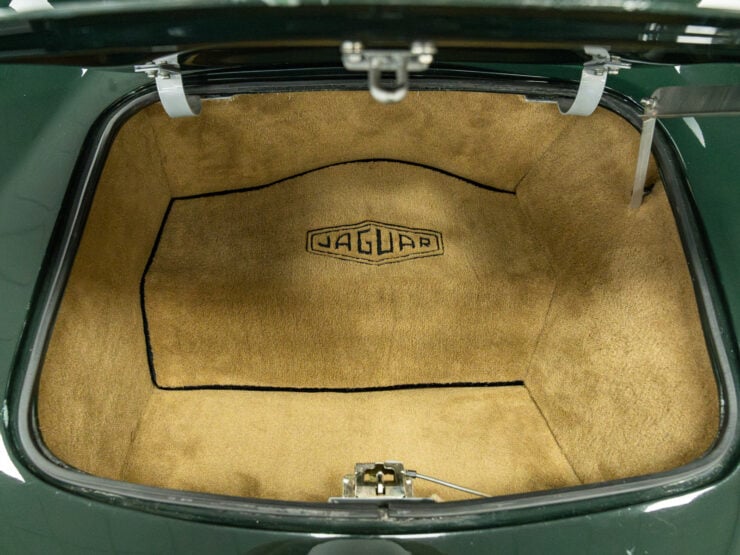
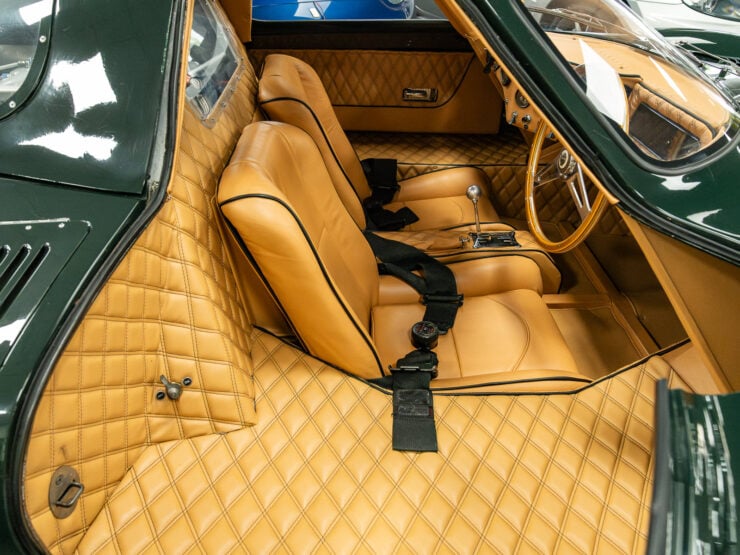

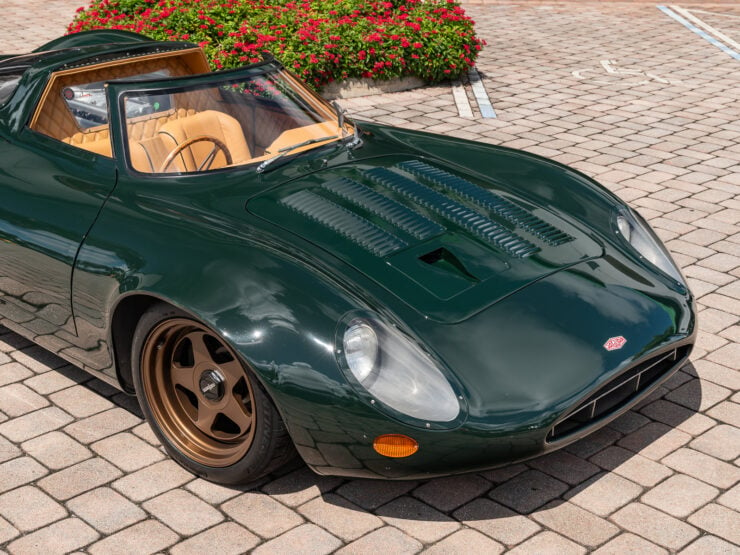
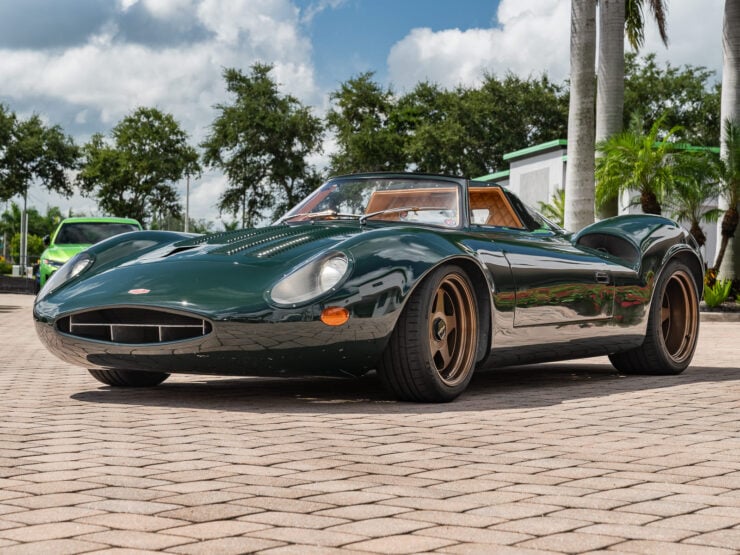
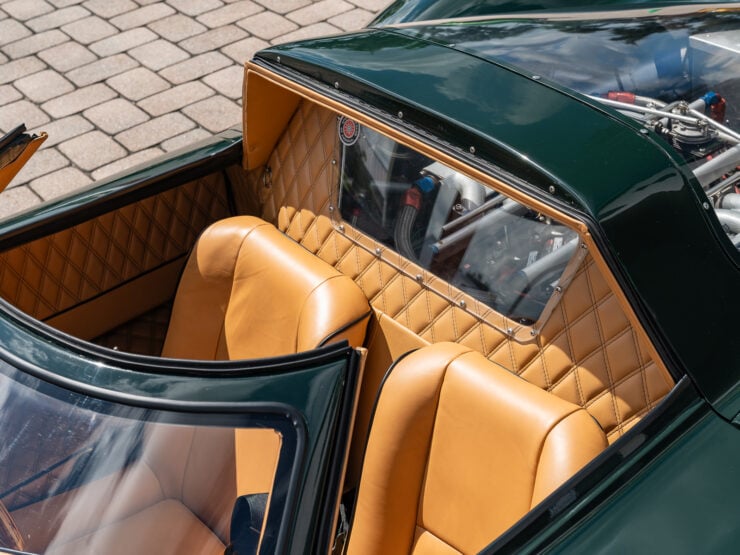
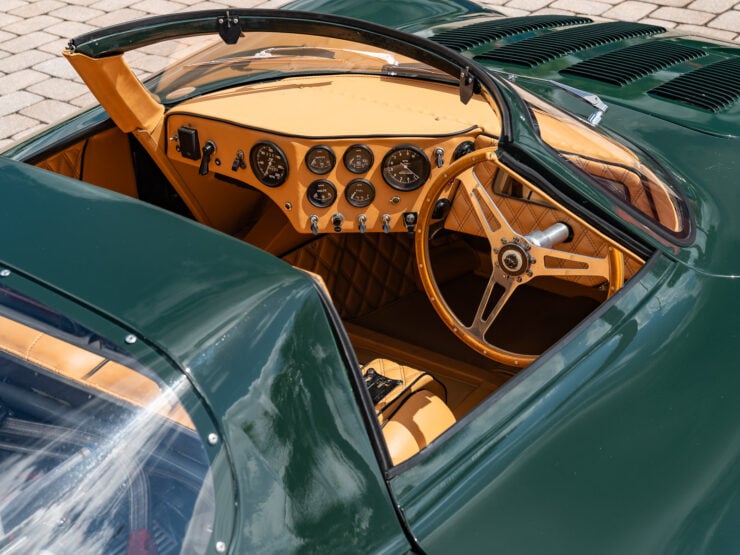
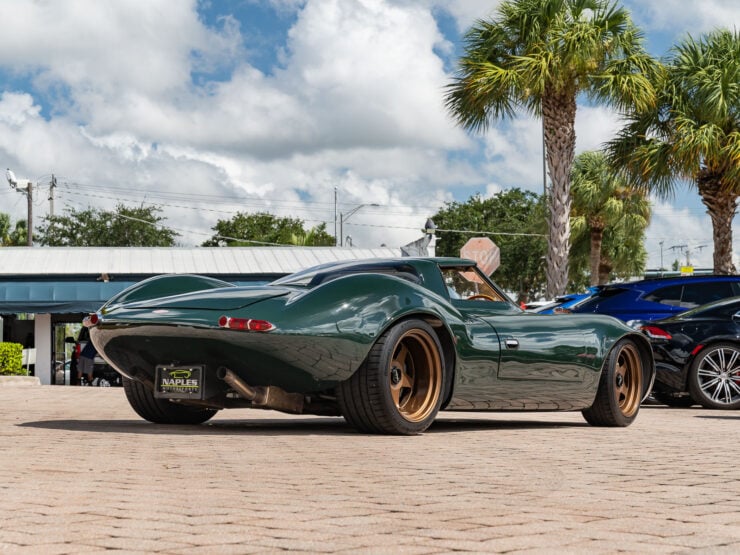
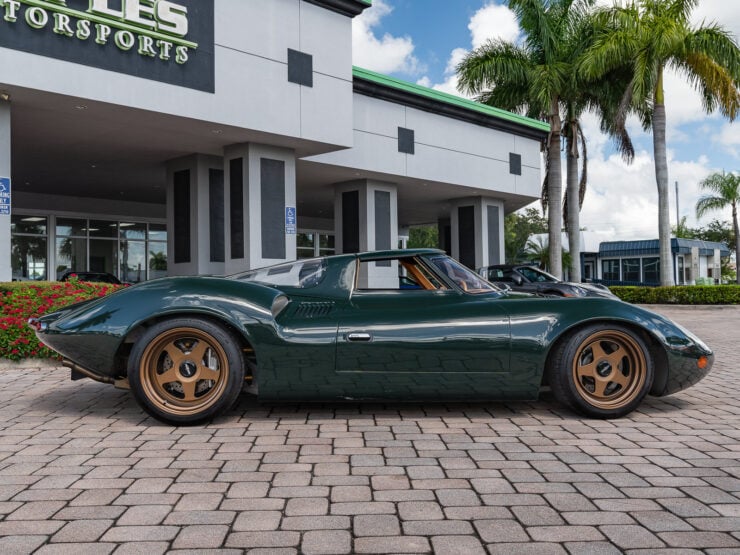

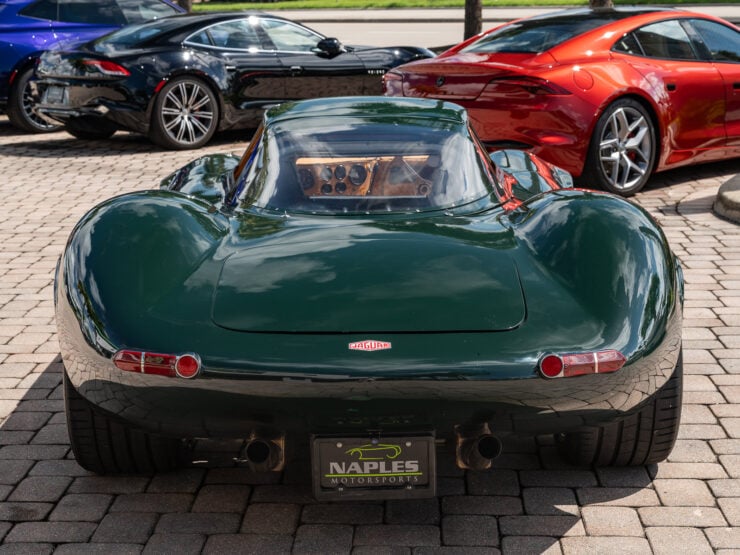
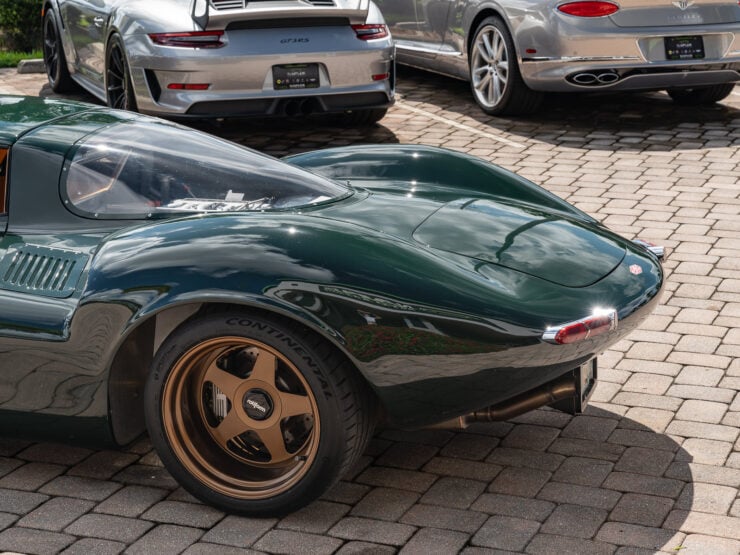
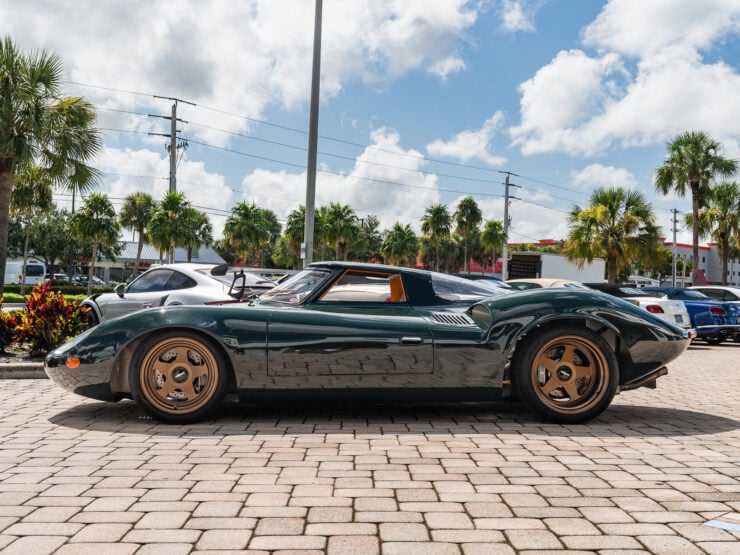
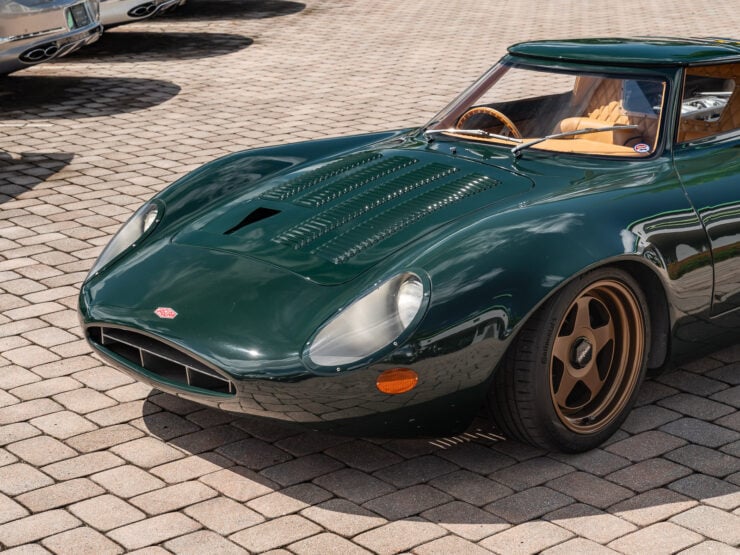
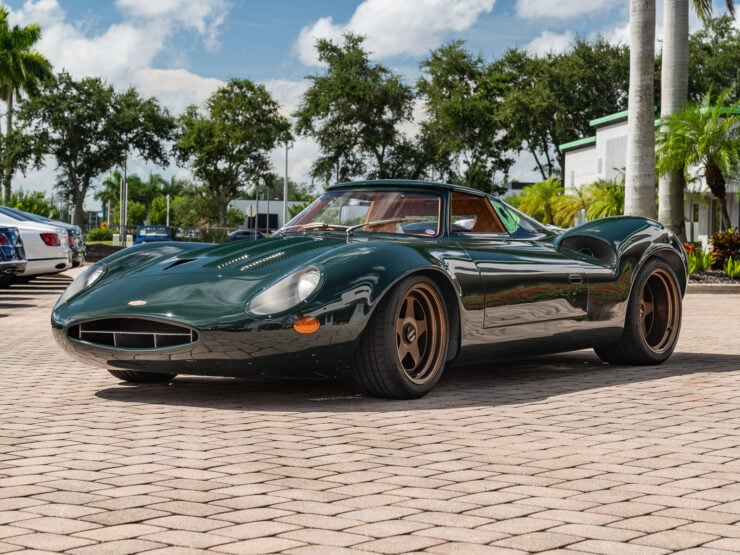
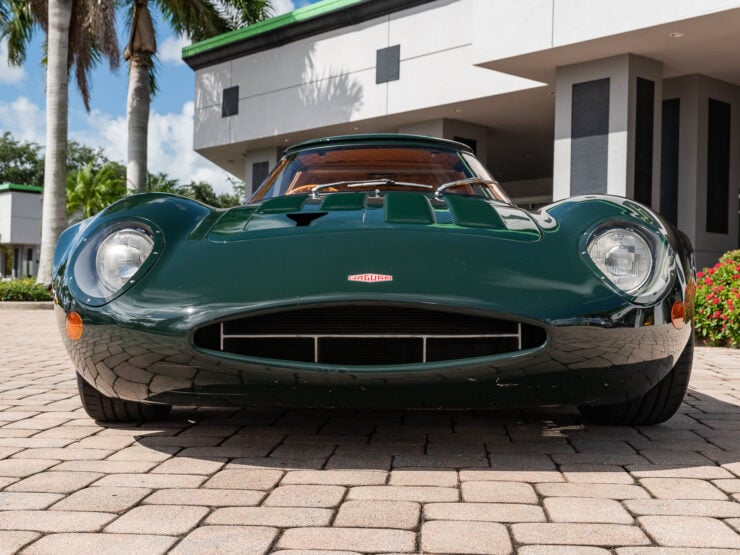
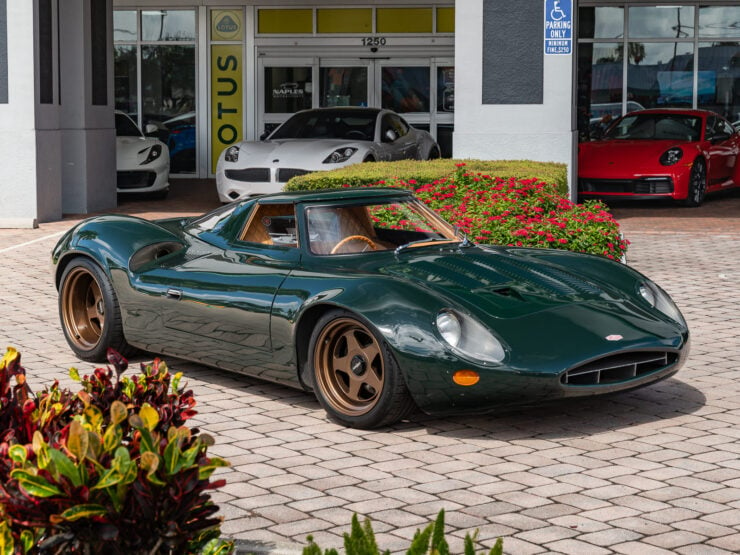
Images courtesy of Bring a Trailer

